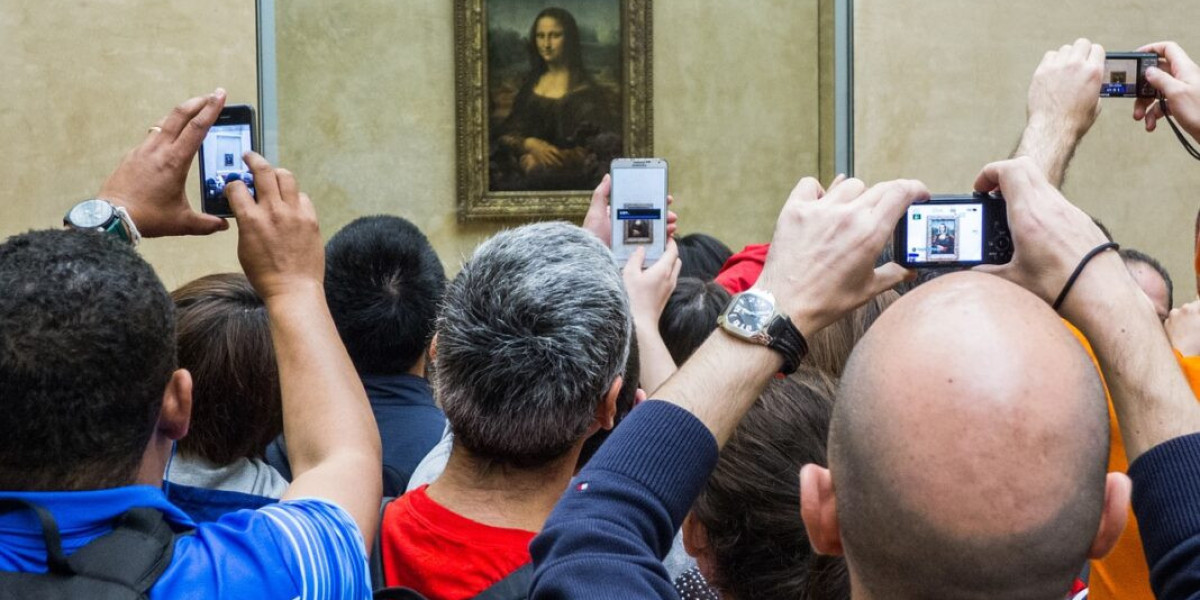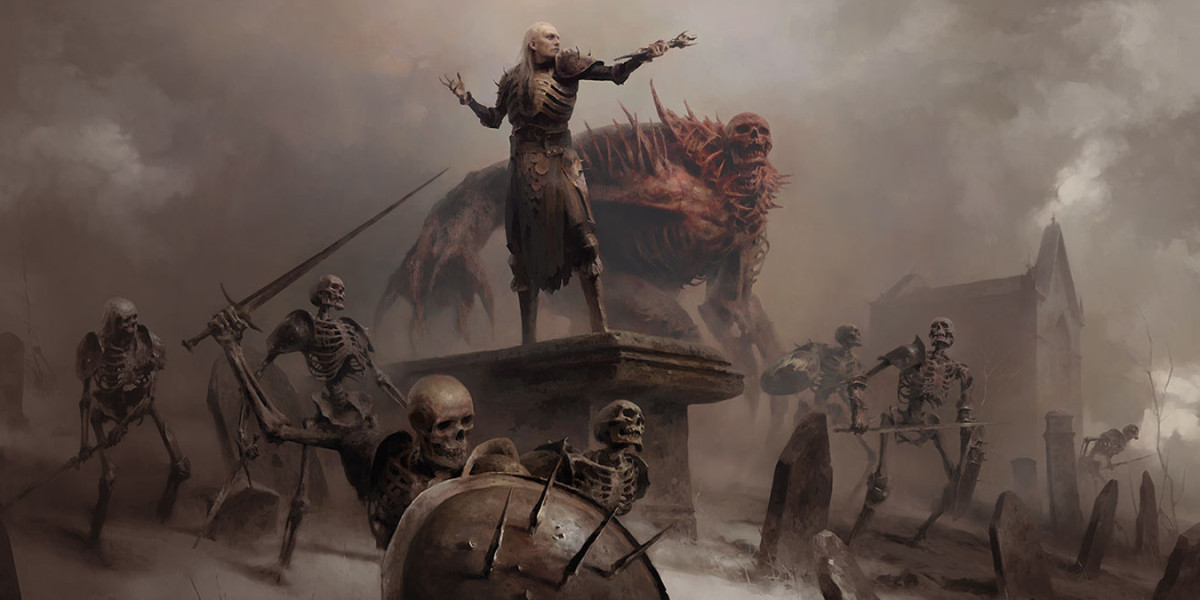Art has been a form of human expression for thousands of years, telling stories and capturing the beauty of the world in ways that words simply cannot. From cave paintings to modern masterpieces, art history is a journey through time that allows us to discover some of the most famous paintings in the world. Whether you're an art enthusiast or just looking to appreciate something new, join us as we explore different painting styles and learn about their place in history. Get ready for a journey through art history that will leave you feeling inspired and amazed!
The most famous paintings in the world
Art has been a means of human expression for thousands of years, and some paintings have become so famous that they are known worldwide. These timeless masterpieces have transcended time and continue to captivate audiences today.
One such painting is the Mona Lisa by Leonardo da Vinci, which resides in the Louvre Museum in Paris. The enigmatic smile on her face has puzzled art enthusiasts for centuries.
Another renowned artwork is Vincent van Gogh's Starry Night, which portrays a swirling night sky above a small village. This masterpiece showcases Van Gogh's unique style with bold colors and thick brushstrokes.
Edvard Munch's The Scream is another most famous paintings in the world that depicts an anguished figure against a blood-red sky. It captures feelings of anxiety and fear that resonate with many people today.
The Last Supper by Leonardo da Vinci is also an all-time favorite depicting Jesus Christ sharing his final meal with his disciples before his crucifixion.
We cannot forget about Michelangelo's ceiling fresco in the Sistine Chapel - one of the most impressive works of art ever created showcasing various scenes from Genesis.
These artworks not only represent exceptional creativity but also convey powerful messages through their symbolism and technique.
The different styles of painting
Painting is an art that has been practiced for centuries, and throughout its history, various styles have emerged. Each style of painting has its unique characteristics and techniques that make it stand out from the others.
One popular style of painting is Realism. This style involves portraying subjects as they appear in real life with accurate details and proportions. It often includes scenes from everyday life or nature.
Impressionism, on the other hand, focuses on capturing fleeting moments through light and color. Artists who practice this style use short brushstrokes to create a sense of movement and atmosphere in their paintings.
Another well-known style of painting is Abstract Art. This form emphasizes color, texture, shape, and line over realistic depictions of objects or people. It allows artists to express themselves freely without being bound by conventions.
Surrealism takes things a step further by incorporating dream-like elements into their paintings to challenge viewers' perception of reality.
Expressionism expresses emotional experiences rather than physical reality through vivid colors and distorted forms. It often depicts intense emotions such as love or anger through bold strokes and bright hues.
Each different painting style offers something unique for the viewer to appreciate while also allowing artists to showcase their creativity in new ways.
The history of art
The history of art dates back to prehistoric times, where cave paintings were created as a form of communication. As human societies developed, so did their artistic expressions. Ancient Egyptian art was symbolic and used to depict gods and pharaohs in an idealistic way. Greek art focused on realism and celebrated the human form, while Roman art emphasized power and authority.
During the Renaissance period, artists like Leonardo da Vinci revolutionized the world with their innovative techniques such as chiaroscuro (using light and shadow) which conveyed depth in painting. The Baroque era followed suit with its dramatic use of lighting effects that created intense emotions for viewers.
In later centuries, artists like Van Gogh drew inspiration from nature while others like Picasso broke away from traditional forms altogether with Cubism.
Today's contemporary art scene is characterized by diverse styles ranging from abstract expressionism to pop-art. With technological advancements came new mediums through which artists could express themselves - notably digital artwork. Read more about google india office.
Art has always been shaped by culture, politics, religion and society in general; it reflects our ever-changing worldviews throughout time providing us valuable insights into what makes us human.
How to appreciate paintings
Appreciating paintings can be a subjective experience. However, there are some basic steps you can take to help you appreciate a painting better to get the most famous paintings in the world.
Firstly, take your time and observe the painting carefully. Look at the colors used and how they interact with each other. Observe the brushstrokes and texture of the paint on the canvas. Take note of any details or objects that stand out.
Next, try to understand what the artist was trying to convey through their work. Researching about an artist's background or reading up on art movements can give insights into their work.
It is also important to consider the historical context in which a painting was created. Understanding the social, political or cultural climate of that time period can provide deeper meaning to a painting.
Trust your intuition and emotions when experiencing art. A particular artwork may resonate with you for reasons beyond explanation but it is still valid as part of your personal appreciation towards it.
By following these simple guidelines, anyone can learn how to appreciate paintings more fully and develop an understanding for this timeless form of expression.
Conclusion
Art is a reflection of the world around us, and it has played a significant role in shaping our history and culture. From cave paintings to modern-day masterpieces, art has come a long way.
In this journey through art history, we have discovered some of the most famous paintings in the world and explored the different styles that make them unique. We have also learned how to appreciate paintings by understanding their historical context and learning about the artists who created them.
No matter what your personal taste may be, there's no denying that art is an integral part of our lives. It allows us to express ourselves creatively while giving us a glimpse into different cultures, eras, and perspectives.
So next time you visit an art museum or see a painting on display somewhere, take a moment to observe it closely. You never know what fascinating stories or insights you might uncover!








